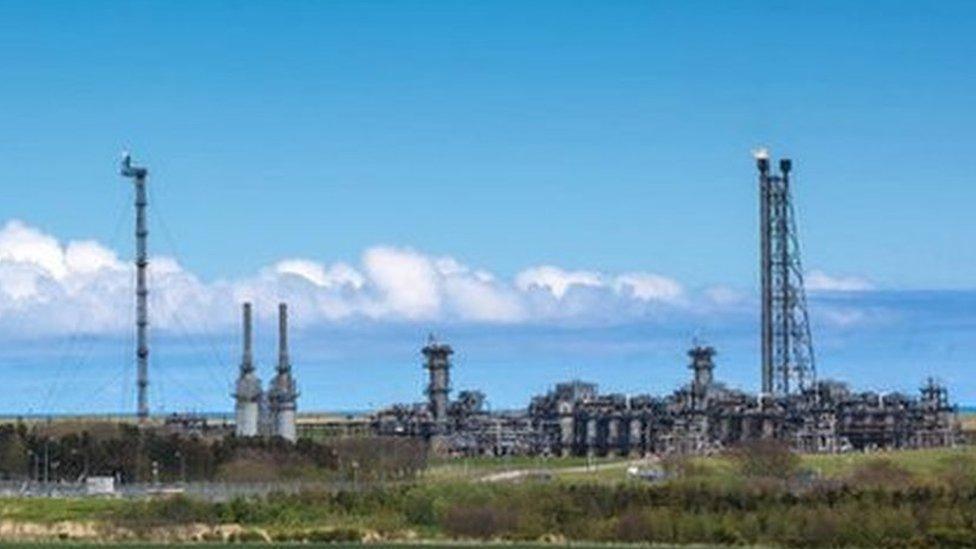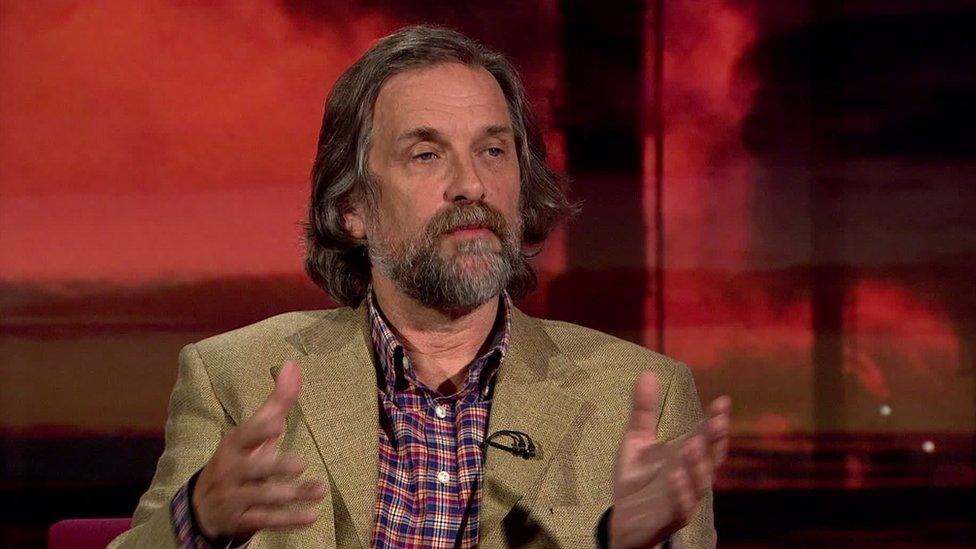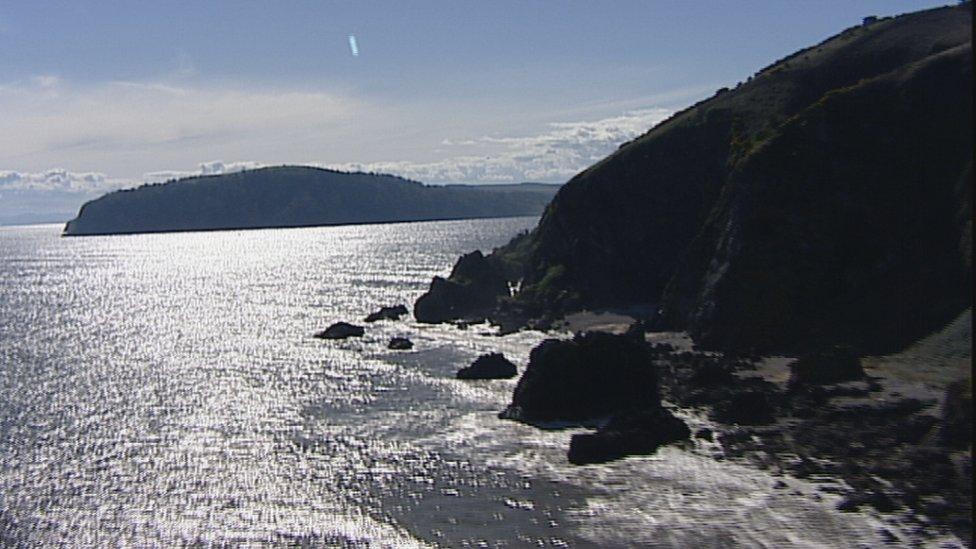Scotland 'ready for large-scale carbon capture'
- Published

Experts say the St Fergus gas terminal could be used to pump CO2 into North Sea reservoirs
Scotland is ready to create Europe's first large-scale carbon capture and storage (CCS) scheme, a leading academic has claimed.
The idea is to collect greenhouse gas emissions from power stations and pump the captured CO2 underground, preventing it reaching the atmosphere.
Those backing the plan said CO2 could be pumped down existing pipelines into reservoirs beneath the North Sea.
They are calling for the UK government to invest in its development.
The proposal comes from Scottish Carbon Capture and Storage (SCCS), the UK's biggest CCS research group.

Prof Haszledine is the world's first professor of CCS
Its director, Prof Stuart Haszeldine of Edinburgh University, said the technology was sufficiently advanced to enable them to pump captured CO2 (carbon dioxide) down existing pipelines from the St Fergus gas terminal in Aberdeenshire.
He said CO2 could be pumped into rock formations in the central North Sea from gas pipelines which are currently not in use and are awaiting decommissioning.
CO2 could also be pumped to St Fergus from Grangemouth where emissions could be captured from the petrochemicals plants, the professor said.
What's the catch?
Prof Haszledine is the world's first professor of CCS.
He said that by 2022, about 2m tonnes of CO2 a year could be injected into the undersea rock formations.
The catch? Money.
Prof Haszeldine said it would require £200m in funding from the UK government to make it happen but the industrial strategy unveiled earlier this week threatens to "kick the can further down the road".
He conceded £200m was a lot of money but said it was nothing to what the UK would lose if it did not act.
"We risk losing the next big industry of the North Sea," he said.
"If we wait the Norwegians will beat us to it and Europe will be paying them to store its CO2."
He said the scheme would reuse existing equipment at St Fergus but to delay would drive up the cost.
The existing pipelines to and from the terminal could be repurposed, the professor said.
But once they are decommissioned, to rebuild them from scratch would cost five times as much.
"Somebody has to lift a finger," he said.

The Captain Sandstone rock formation lies under the Moray Firth and out into the North Sea
Captain Sandstone
Prof Haszeldine and colleagues at SCCS have welcomed the Heriot-Watt report and said it added to their understanding.
But they said the area of the Captain Sandstone rock formation in the Heriot-Watt report was much further west than that currently being considered for CO2 storage.
Prof Haszeldine said an area of Captain Sandstone 70km east of the Moray Firth and more than 1km below the North Sea could hold as much as 30 years of Scotland's carbon dioxide emissions.
He said it was currently the most promising prospect for storage in the UK's continental shelf.
The UK will need to use CO2 storage, he said, if it is to meet its greenhouse gas emission targets by 2050 in a cost-effective way.
- Published30 November 2017
